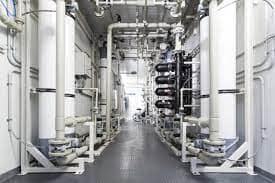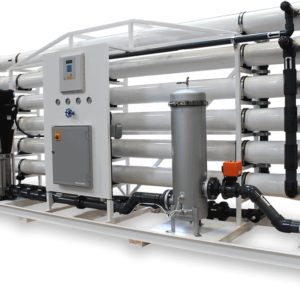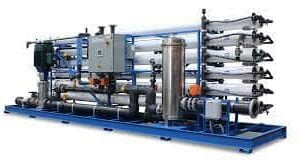Brackish Water Treatment Systems
Buy on whatsappDescription
Brackish water treatment systems play a crucial role in providing clean and fresh water in regions where brackish water sources are abundant. Brackish water refers to water that has higher salinity levels than freshwater but lower salinity levels than seawater. Treating brackish water requires specialized systems and techniques to remove impurities and reduce salinity, making it safe for various applications.
Introduction
Brackish water treatment systems are designed to address the challenges associated with brackish water sources and convert them into usable freshwater. These systems utilize advanced technologies such as reverse osmosis and filtration to remove contaminants and reduce salinity levels. By effectively treating brackish water, these systems provide a sustainable solution for water scarcity issues in many regions.
Understanding Brackish Water
Brackish water is commonly found in coastal areas and underground aquifers. It typically contains dissolved salts and minerals, making it unsuitable for direct consumption or many industrial purposes. Brackish water sources require treatment to remove impurities and reduce salinity levels to make it safe for use.
Brackish Water Treatment Systems
Reverse Osmosis
One of the most widely used technologies in brackish water treatment is reverse osmosis (RO). Reverse osmosis utilizes a semi-permeable membrane that allows water molecules to pass through while blocking dissolved salts and other contaminants. This process effectively reduces the salinity of brackish water, producing freshwater suitable for various applications.
Filtration
Filtration is another crucial component of brackish water treatment systems. It involves the use of various filters to remove suspended solids, sediments, and larger particles from the water. Filtration helps in improving water quality and preventing clogging of reverse osmosis membranes, ensuring the efficiency of the overall treatment process.
Pre-Treatment
Prior to reverse osmosis or filtration, brackish water treatment systems often include pre-treatment processes. Pre-treatment involves the removal of larger impurities, such as debris, sand, and organic matter, to protect the reverse osmosis membranes and enhance the overall performance of the system.
Benefits of Brackish Water Treatment Systems
Brackish water treatment systems offer several benefits, including:
- Water Conservation: By treating brackish water, these systems allow for the reuse of water that would otherwise go to waste, promoting water conservation efforts.
- Sustainable Solution: Brackish water treatment systems provide a sustainable solution for regions with limited freshwater resources. They help mitigate water scarcity issues and ensure a reliable supply of clean water.
- Cost-Effective: Implementing brackish water treatment systems can be cost-effective in the long run compared to relying on other sources or importing freshwater.
- Versatility: Brackish water treatment systems can be customized and scaled according to specific requirements, making them suitable for various applications such as agriculture, industrial processes, and residential use.
Conclusion
Brackish water treatment systems are vital for addressing water scarcity challenges in regions with brackish water sources. These systems utilize advanced technologies like reverse osmosis and filtration to effectively remove impurities and reduce salinity levels, providing clean and fresh water for various purposes. By investing in brackish water treatment systems, communities can ensure a sustainable and reliable water supply for future generations.




